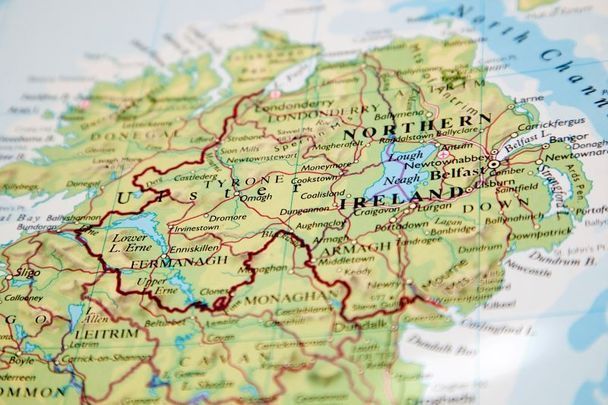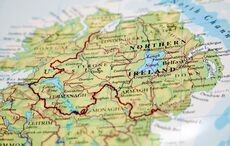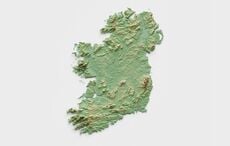The Irish Government drew up a secret plan during the 1970s to examine the prospect of redrawing the Northern Irish border and integrating up to two-thirds of present-day Northern Ireland into the Republic, according to recently released State Papers.
Newly released files from the National Archives show that the Irish Government ordered civil servants to draw up possible scenarios following the collapse of the Sunningdale Agreement in July 1974, which attempted to implement power-sharing in Northern Ireland.
With paramilitary violence on the rise, the Irish Government doubted the British Government's commitment to stay in Northern Ireland and began planning various political scenarios, the State Papers show.
One scenario examined the prospect of transferring two-thirds of Northern Ireland and half-a-million inhabitants to the Republic in the event of the British withdrawal from Northern Ireland.
The secret paper envisaged transferring all of Fermanagh, all of Derry City, south Armagh, south Down, and most of West Tyrone to the Republic, leaving Antrim as the only intact northern county.
The plan also examined the possibility of transferring 284,000 Catholics and 201,000 non-Catholics to the Republic.
An alternative scenario envisaged transferring 40% of Northern Irish land and 323,000 inhabitants, including 205,000 Catholics and 118,000 non-Catholics, to the republic.
Entitled "Negotiated Repartition of Northern Ireland", the plans estimated that the cost of redrawing the border would cost the Irish Government IR£873m - almost €8.5 billion today. The plans additionally noted that there was no guarantee that the British Government would contribute to the cost.
Irish civil servants also acknowledged that the British Government was unlikely to support plans to redraw the border if it meant a reduced area of Northern Ireland remained in the UK.
Civil servants pointed out that Belfast would remain in Northern Ireland, adding that there was a huge potential for further violence unless there was a "very large population movement which would be unlikely to take place voluntarily".
The plans, which were drawn up by the Irish Government's inter-departmental unit on Northern Ireland, called for a plebiscite to decide who could live where.
Anyone left unhappy by the redrawn border would have the cost of repatriation borne by the Irish and British Governments.
However, the paper warned that such plans may result in a civil war, with upwards of 300,000 people potentially changing residencies.
Estimated costs of the redrawing of the border and the subsequent repatriation were equal to roughly half of the Irish Government's total tax take in 1975, the Irish Times reports.
"There seems little possibility, on present indications, because of the lack of trust between the two communities that repatriation could emerge as an agreed settlement without the prelude of large-scale violence," the plans noted.
Civil servants also examined the possibility of military intervention to prevent the emergence of an independent Northern Ireland. Military intervention would have included attempts to "subdue loyalist resistance and to dominate the entire Protestant population of Northern Ireland".
However, civil servants concluded that such measures were "beyond our military and administrative capabilities".
They also concluded that the only possible solution was to redraw the border in such a way that majority nationalist areas were transferred to the Republic.
They argued that such a solution would be economically viable for an independent Northern Ireland as the areas transferred to the Republic would be economically poorer than the areas remaining in Northern Ireland.




Comments